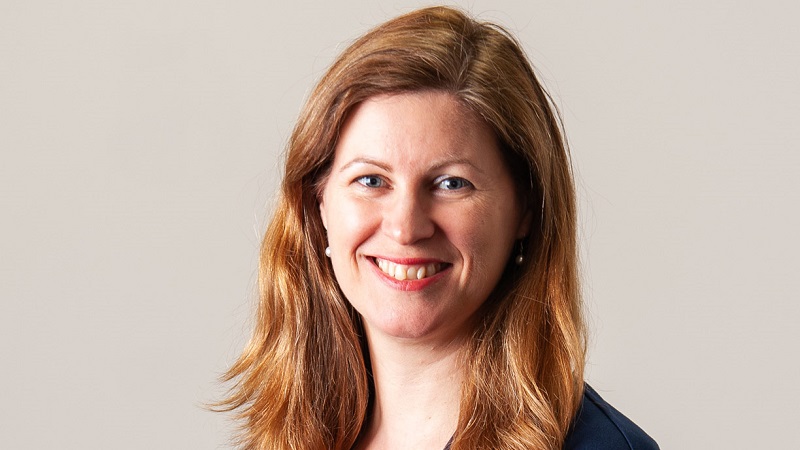Interactive Investor has adopted a subscription-based fee as the end of the bull market nears.
The D2C platform has touted its monthly-subscription as a Netflix-style fee in a move similar to Charles Schwab’s announcement in March that it would charge customers a flat subscription fee to access unlimited telephone advice. Both investment firms touted the simplicity of the subscription fee and compared it to models consumers use for other services, such as streaming services, phone contracts or the gym.
The new Interactive Investor fees range from £9.99 a month for one free trade, plus stocks and fund trades at £7.99 a pop thereafter, to £19.99 for two free trades plus additional trades starting from £3.99 each. The fee can be used across multiple Isa and trading accounts, although Sipps incur an additional monthly fee of £10. Free trades can be rolled over to the next month if they are not used.
Currently, II users pay a flat fee of £22.50 quarterly, which can be rebated as trading credits, but subsequent trades are more expensive.
Interactive Investor head of personal finance Moira O’Neill (pictured) said plans have been in the pipeline for months and the timing several weeks after Charles Schwab is coincidental. The fees take effect from 1 June.
II to benefit from buy and hold investors
Fundscape editorial director Gavin Fielding described the model as a commercial decision in response to an impending bear market. It is also easier to manage than trading rebates, Fielding said.
“Platforms and stockbroker firms that rely on trading income also rely on trading volumes and when markets are uncertain as they are now trading volumes and revenues fall off.” Under the old fee structure, buy and hold investors did not generate much revenue for II, he added.
However, he said he liked the flat-fee model employed by II, plus Alliance Trust Savings, which it announced in October 2018 that it would be acquiring from the Alliance Trust closed-ended fund. “It costs a platform the same to run £5m as a £50k portfolio.” The three categories of fees (Investor, Funds Fan and Super Investor) were clear, he said.
£30,000 average savings
Lang Cat analysis included in the II press release announcing the changes said the average investor would save over £30,000 over three decades with its new fee model, based on the average Isa balance of £51,306 with annual top ups of £10,124. The calculation was based on the Investor pricing model, which has the cheapest monthly fee, and assumes an even split between funds and shares with an average annual return of 5%.
However, II has admitted not everyone will be better off under the changes – at least in the short term.
O’Neill said: “While these revolutionary flat fees mean you get better value in the long term, not everyone will feel immediately better off. This is because the flat fee has increased, while trading fees have been cut across the board. So, it is investors who most actively engage with and manage their investments who will benefit the most.”
A customer who didn’t trade at all over the year would pay £30 per year more under the subscription fee, she said.
In November, II revealed it was dropping exit charges. The Financial Conduct Authority launched a consultation in March as part of the platform market study final report to determine the details around banning exit changes.







